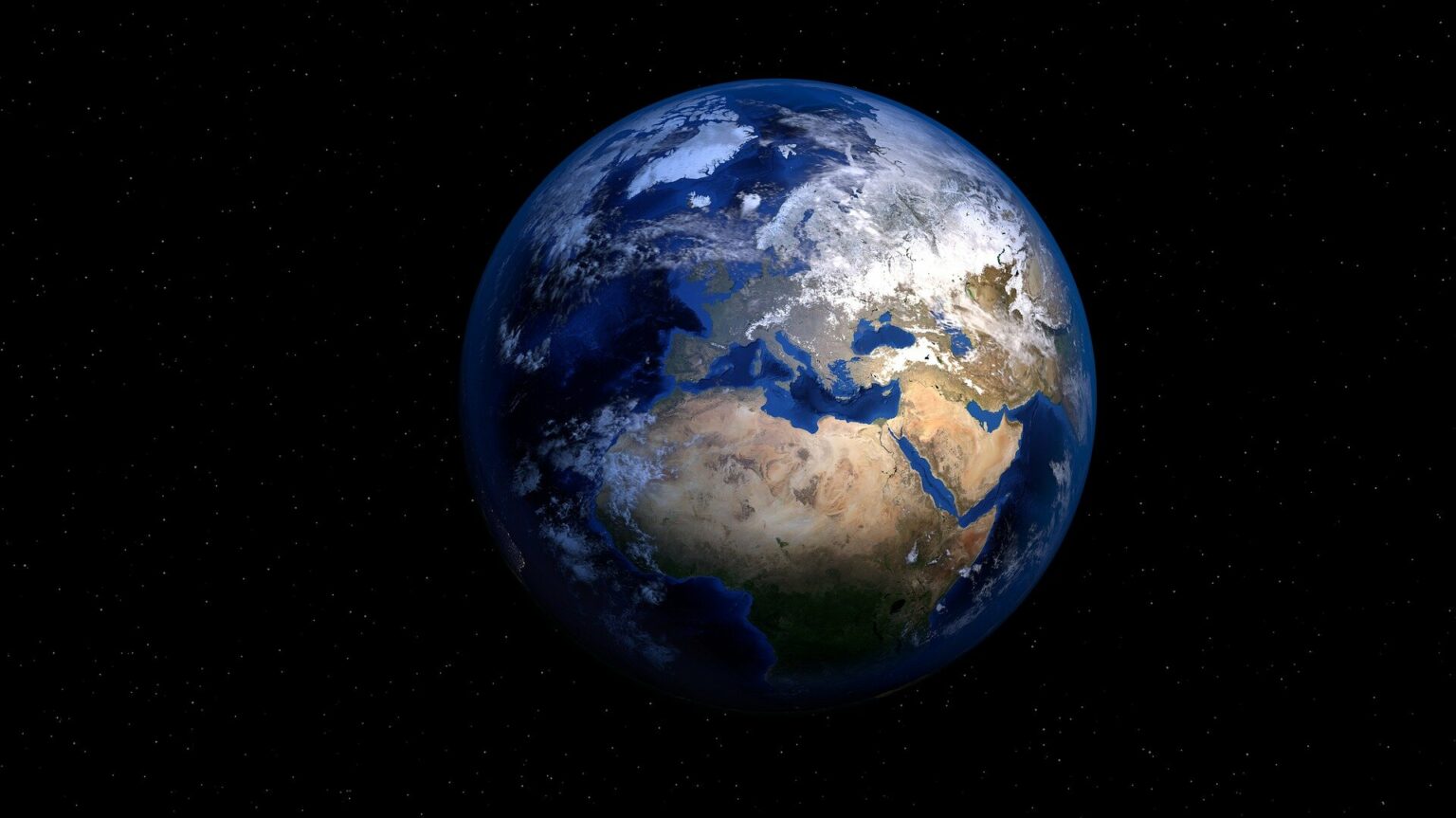The study of the oldest parts of the earth’s crust has shown that it is much more heterogeneous than the younger parts of the lithosphere. Scientists are sure that this is due to the fact that the first continents repeatedly split and drowned.

First continents of the Earth quickly sank
The oldest areas of the earth’s crust that have survived to this day are called cratons. They are older than 3 billion years. However, this does not mean that scientists can track the movement of continental plates up to such antiquity, as it has been done for the last 500 million years.
After all, cratons represent only insignificant areas of the modern surface of our planet and how they moved remains unclear. Recently, researchers have created a model of the lithosphere of the young Earth and followed the fate of the continents of that time.
It turned out that the first continents were unstable, the crust under them cracked and the material quickly sank into the mantle. There, most of their material was melted down, leaving only relatively small pieces unchanged, which subsequently surfaced and melted into other rocks.
Chunks of cratons have made the continents stable
The fact that the first continents quickly disintegrated and melted down coincides well with earlier studies that the crust in the cratons is much more diverse than in the younger sections. Scientists explain this by the fact that in conditions when the lithosphere was hot, there was a relatively rapid rise of massive chunks of not completely melted crust.
At the same time, this process did not pass without a trace. Gradually, the most refractory rocks were collected in a pile. They formed the basis that allowed the remaining pieces of bark to remain stable. This is what gave rise to the continents, as we know.
According to phys.org
Follow us on Twitter to get the most interesting space news in time
https://twitter.com/ust_magazine
